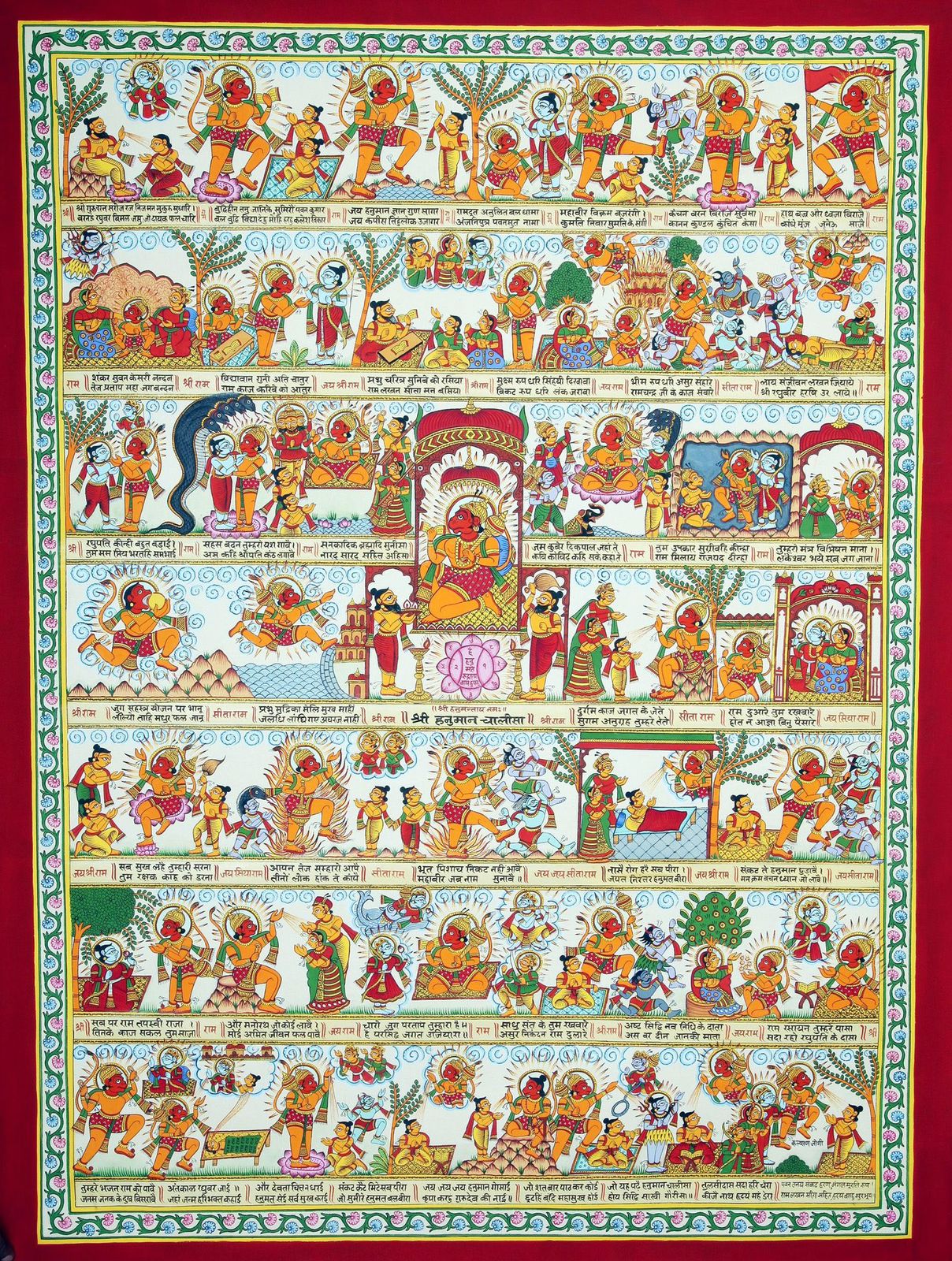ALL BHAG MAHABHARAT B R CHOPARA KRUT- USEFUL FOR ALL.
Life Insurance (though it shouldn't be) is to this day a very controversial issue. There seems to be a lot of different types of life insurance out there, but there are really only two kinds. They are Term Insurance and Whole Life (Cash Value) Insurance. Term Insurance is pure insurance. It protects you over a certain period of time. Whole Life Insurance is insurance plus a side account known as cash value. Generally speaking, consumer reports recommend term insurance as the most economical choice and they have for some time. But still, whole life insurance is the most prevalent in today's society. Which one should we buy?

Let's talk about the purpose of life insurance. Once we get the proper purpose of insurance down to a science, then everything else will fall into place. The purpose of life insurance is the same purpose as any other type of insurance. It is to "insure against loss of". Car insurance is to insure your car or someone else's car in case of an accident. So in other words, since you probably couldn't pay for the damage yourself, insurance is in place. Home owners insurance is to insure against loss of your home or items in it. So since you probably couldn't pay for a new house, you buy an insurance policy to cover it.
Life insurance is the same way. It is to insure against loss of your life. If you had a family, it would be impossible to support them after you died, so you buy life insurance so that if something were to happen to you, your family could replace your income. Life insurance is not to make you or your descendants rich or give them a reason to kill you. Life insurance is not to help you retire (or else it would be called retirement insurance)! Life insurance is to replace your income if you die. But the wicked ones have made us believe otherwise, so that they can overcharge us and sell all kinds of other things to us to get paid.
How Does Life Insurance Work?
Rather than make this complicated, I will give a very simple explanation on how and what goes down in an insurance policy. As a matter of fact, it will be over simplified because we would otherwise be here all day. This is an example. Let's say that you are 31 years old. A typical term insurance policy for 20 years for $200,000 would be about $20/month. Now... if you wanted to buy a whole life insurance policy for $200,000 you might pay $100/month for it. So instead of charging you $20 (which is the true cost) you will be overcharged by $80, which will then be put into a savings account.
Now, this $80 will continue to accumulate in a separate account for you. Typically speaking, if you want to get some of YOUR money out of the account, you can then BORROW IT from the account and pay it back with interest. Now... let's say you were to take $80 dollars a month and give it to your bank. If you went to withdraw the money from your bank account and they told you that you had to BORROW your own money from them and pay it back with interest, you would probably go clean upside somebody's head. But somehow, when it comes to insurance, this is okay
*🙏 એક જ ફોટોમાં ચિત્રો સહિત આખી હનુમાન ચાલીસ📜*
ઝુમ કરી ને વાંચો
પુરી હનુમાન ચાલીસા છે

All Mahabharat Episode Click here
This stems from the fact that most people don't realize that they are borrowing their own money. The "agent" (of the insurance Matrix) rarely will explain it that way. You see, one of the ways that companies get rich, is by getting people to pay them, and then turn around and borrow their own money back and pay more interest! Home equity loans are another example of this, but that is a whole different sermon.
*પૌરાણિક પાત્રો ના નામ ઉપર થી આખી ABCD*




No comments:
Post a Comment